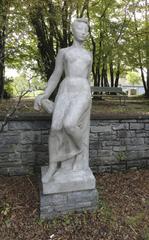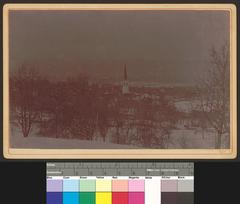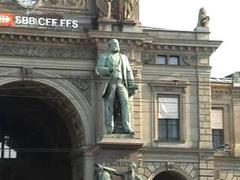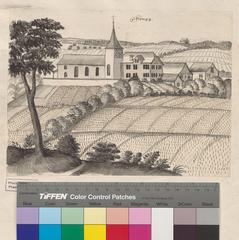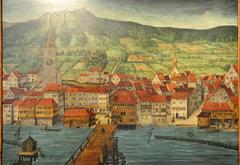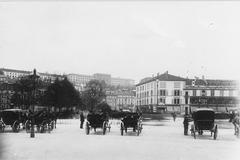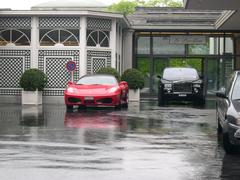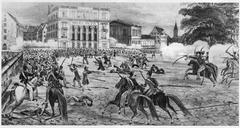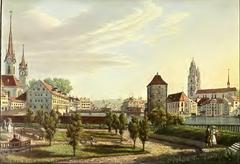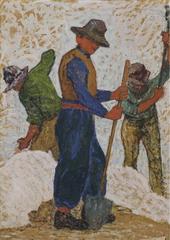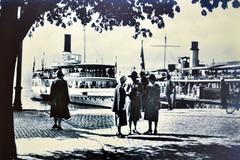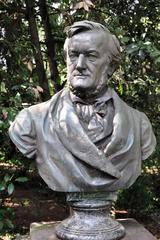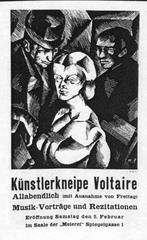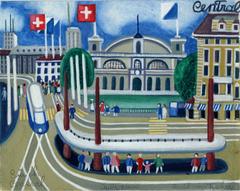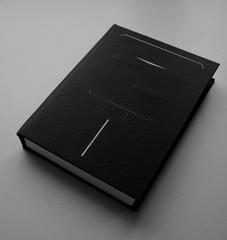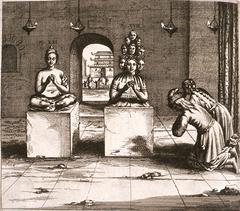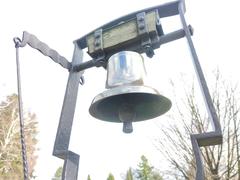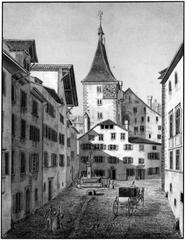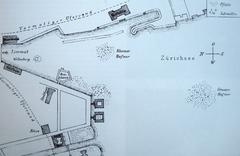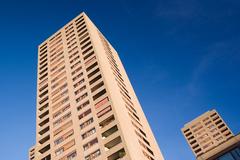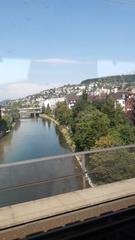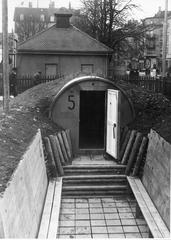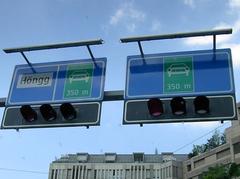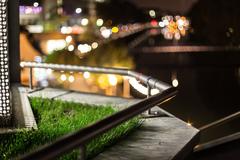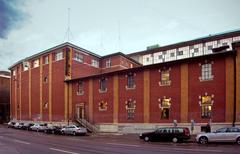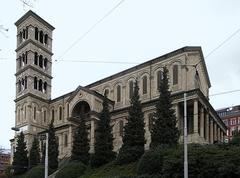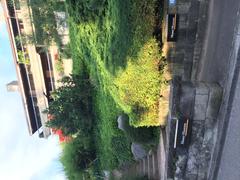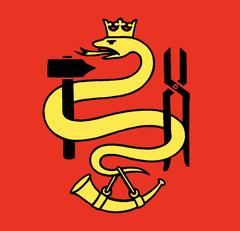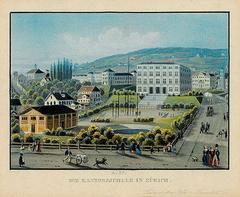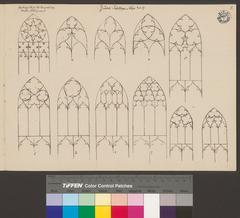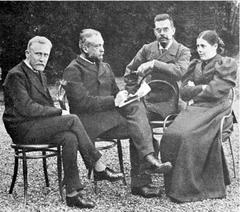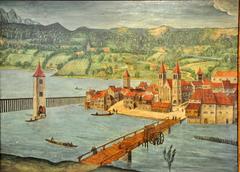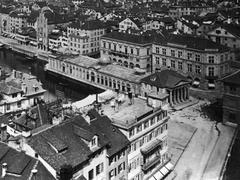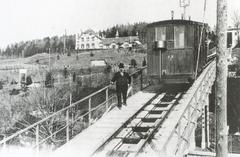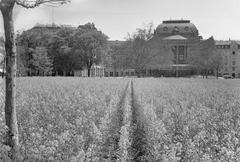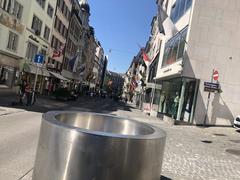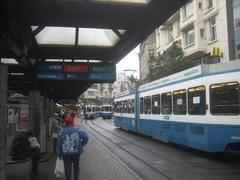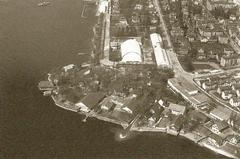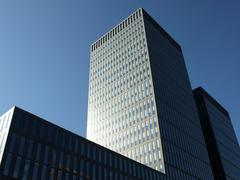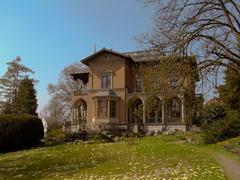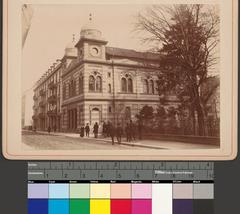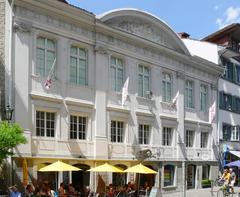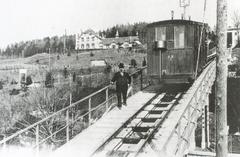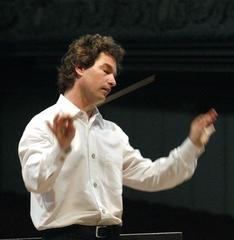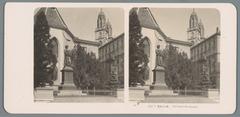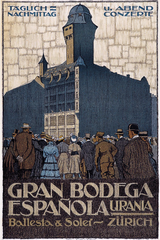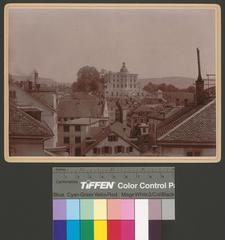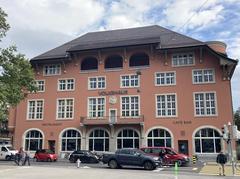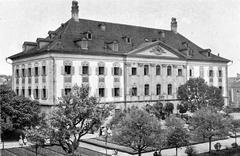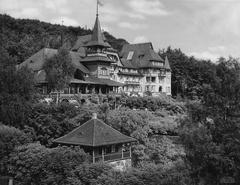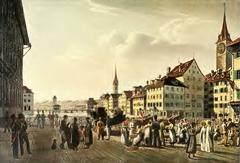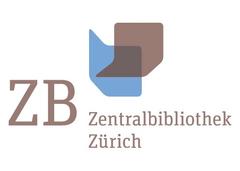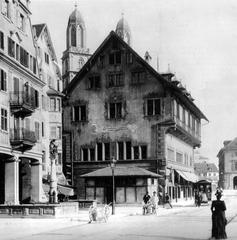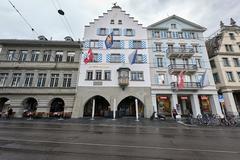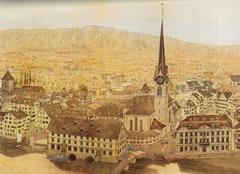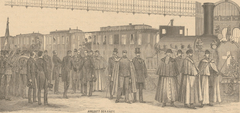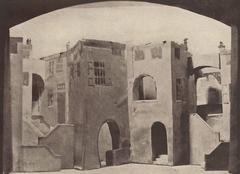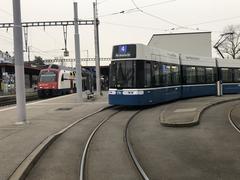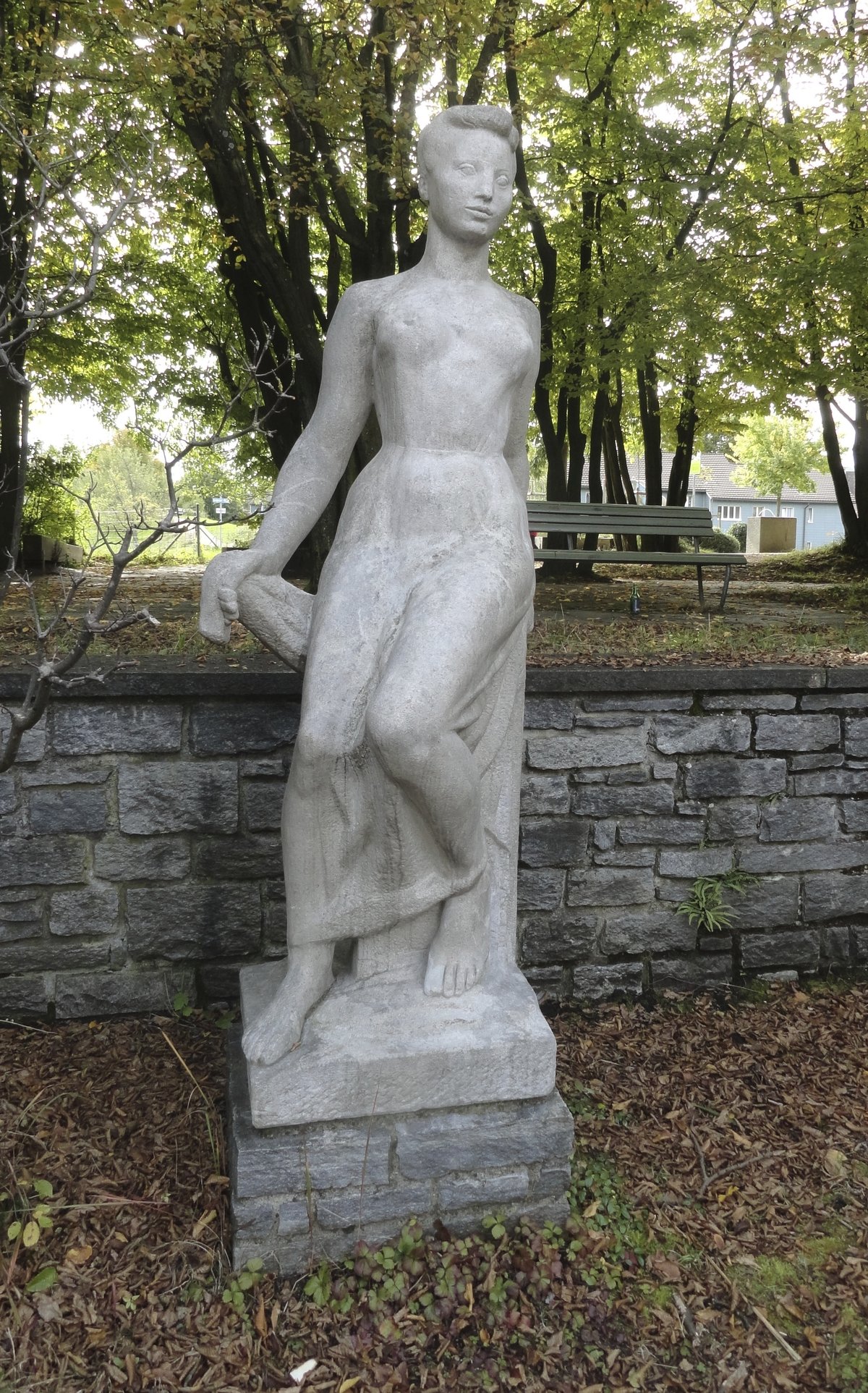
Zürich Historical Sites: Visiting Hours, Tickets, and Travel Guide
Date: 14/06/2025
Introduction to Zürich’s Historical Sites
Zürich, Switzerland’s largest city, is a vibrant crossroads of history, culture, and innovation. From its origins as a prehistoric lakeside settlement to its role as a medieval trade hub and a center of the Protestant Reformation, Zürich offers travelers a unique journey through time (zuerich.com; ohfact.com). Today, the city seamlessly blends its rich heritage with a dynamic cultural scene, boasting world-class museums, public art, and lively festivals (lonelyplanet.com; zuerich.com).
This comprehensive guide details Zürich’s top historical sites, including essential visitor information on opening hours, ticketing, accessibility, and insider tips. Whether you’re looking to explore Roman ruins, medieval churches, or modern art museums, this resource will help you navigate Zürich’s layered past and make the most of your visit (touropia.com; switzerlanding.com).
Contents
- Early Settlement and Roman Foundations
- Lindenhof Hill: Visiting Hours and Tips
- Medieval Growth and Civic Autonomy
- The Reformation and Religious Transformation
- Grossmünster: Visiting Hours, Tickets, and Tours
- Economic Expansion and Industrialization
- Modernization and Cultural Renaissance
- Swiss National Museum
- Kunsthaus Zürich
- Key Historical Landmarks
- Social and Political Developments
- Visitor Tips
- FAQs
- Enhancing Your Visit
- Conclusion
Early Settlement and Roman Foundations
The area now known as Zürich has been inhabited for more than 5,000 years, with early settlements along Lake Zürich and the Limmat River (zuerich.com). The Romans established the customs post Turicum in 57/58 BCE. Lindenhof Hill, a site of Roman and medieval significance, remains central to the city’s history (ohfact.com).
Lindenhof Hill: Visiting Hours and Tips
- Hours: Open daily, sunrise to sunset
- Admission: Free
- Accessibility: Paved, wheelchair-friendly
- Highlights: Panoramic city views, peaceful atmosphere
- Tips: Visit in the morning for quiet and the best light for photography. Look for historical markers and occasional guided tours.
Medieval Growth and Civic Autonomy
Following the decline of Roman rule, Zürich grew into a significant medieval center. In 1218, it gained status as a free imperial city and joined the Swiss Confederation in 1351 (britannica.com; zuerich.com). The guild-based constitution of 1336 empowered merchants and craftspeople, shaping the city’s social and economic structure through the Middle Ages.
The Reformation and Religious Transformation
Zürich was pivotal in the Protestant Reformation, driven by Huldrych Zwingli at Grossmünster Church. The movement dramatically influenced religious and civic life, attracting refugees and fostering new industries (zuerich.com).
Grossmünster: Visiting Hours, Tickets, and Tours
- Hours: April–October, 10:00–18:00; November–March, 10:00–17:00
- Tickets: Church entry is free; tower climb CHF 5–7
- Accessibility: Main church accessible; towers via stairs only
- Guided Tours: Book in advance; audio guides available
- Photography: Allowed (no flash); best in morning light
- Highlights: Romanesque architecture, Giacometti stained glass, crypt, panoramic tower views
Economic Expansion and Industrialization
Zürich flourished as a center of textiles, banking, and trade, especially after Swiss independence was reaffirmed in 1648 (zuerich.com). Industrialization in the 18th and 19th centuries brought rapid urban growth, and by the 20th century, Zürich was recognized as Switzerland’s financial capital (britannica.com).
Modernization and Cultural Renaissance
Modern Zürich is known for its creative energy, with former industrial zones transformed into vibrant cultural districts (lonelyplanet.com; facts.net). The city is a leader in technology, innovation, and the arts.
Swiss National Museum
- Hours: Tues–Sun, 10:00–17:00; closed Mondays
- Tickets: CHF 10 adults (concessions available)
- Accessibility: Step-free access, elevators
- Highlights: Swiss history, archaeology, special exhibitions, family programs
- Tips: Book tickets online, check for temporary exhibits
Kunsthaus Zürich
- Hours: Tues–Sun, 10:00–18:00; Thurs until 20:00
- Tickets: CHF 23 adults; discounts for students/seniors
- Accessibility: Fully accessible
- Highlights: Swiss and international art from medieval to contemporary (kunsthaus.ch)
Key Historical Landmarks
- Lindenhof Hill: Ancient Roman and medieval site; free entry
- Grossmünster: Reformation church, twin towers, Giacometti windows
- St. Peter’s Church: Oldest parish church, Europe’s largest clock face, open daily (ohfact.com)
- Fraumünster: Renowned for Marc Chagall stained glass, open Mon–Sat 10:00–18:00, Sun 12:00–18:00
- Bahnhofstrasse: Prestigious 19th-century shopping boulevard
Social and Political Developments
Zürich’s tradition of participatory governance via guilds and its openness to refugees shaped its inclusive and diverse character. The city is recognized for safety, quality of life, and progressive policies (facts.net).
Visitor Tips for Exploring Zürich’s History
- Must-See Museums: Swiss National Museum, Kunsthaus Zürich
- Walking Tours: Join Old Town tours themed on the Reformation, guilds, or industrial heritage (zuerich.com)
- Historic Districts: Explore Altstadt for medieval streets and guild houses (nomadicmatt.com)
- Cultural Events: Attend Sechseläuten, Street Parade, Zürich Festival
- Zürich Card: Save on transport and museum entry (zuerich.com)
Frequently Asked Questions (FAQ)
Q: What are the Grossmünster visiting hours?
A: April–October 10:00–18:00, November–March 10:00–17:00
Q: Are guided Old Town tours available?
A: Yes, on various historical themes. Book through Zürich Tourism.
Q: How do I buy Swiss National Museum tickets?
A: Buy online via the official website or onsite; advance booking is recommended during busy periods.
Q: Is Lindenhof Hill accessible for visitors with mobility needs?
A: Yes, paved and wheelchair-friendly.
Q: Best photography locations?
A: Lindenhof Hill, Grossmünster towers, Old Town alleys
Enhancing Your Visit: Visuals and Interactive Tools
- Use museum websites for virtual tours and high-resolution images
- Download digital city maps for self-guided walks
- Many museums offer interactive apps and guides for deeper engagement
Further Exploration
Conclusion
Zürich’s historical sites offer a fascinating window into the city’s evolution from Roman outpost to modern metropolis. With well-preserved landmarks, renowned museums, and a vibrant cultural scene, every visitor can find something to inspire and educate. For a seamless experience, plan ahead by checking visiting hours, booking tickets online, and leveraging digital tools like the Audiala app. Stay updated with local events, and immerse yourself in Zürich’s rich blend of tradition and innovation.
Start your journey now and create unforgettable memories in Zürich!
Sources and Further Reading
- This article draws on official and expert sources including:
